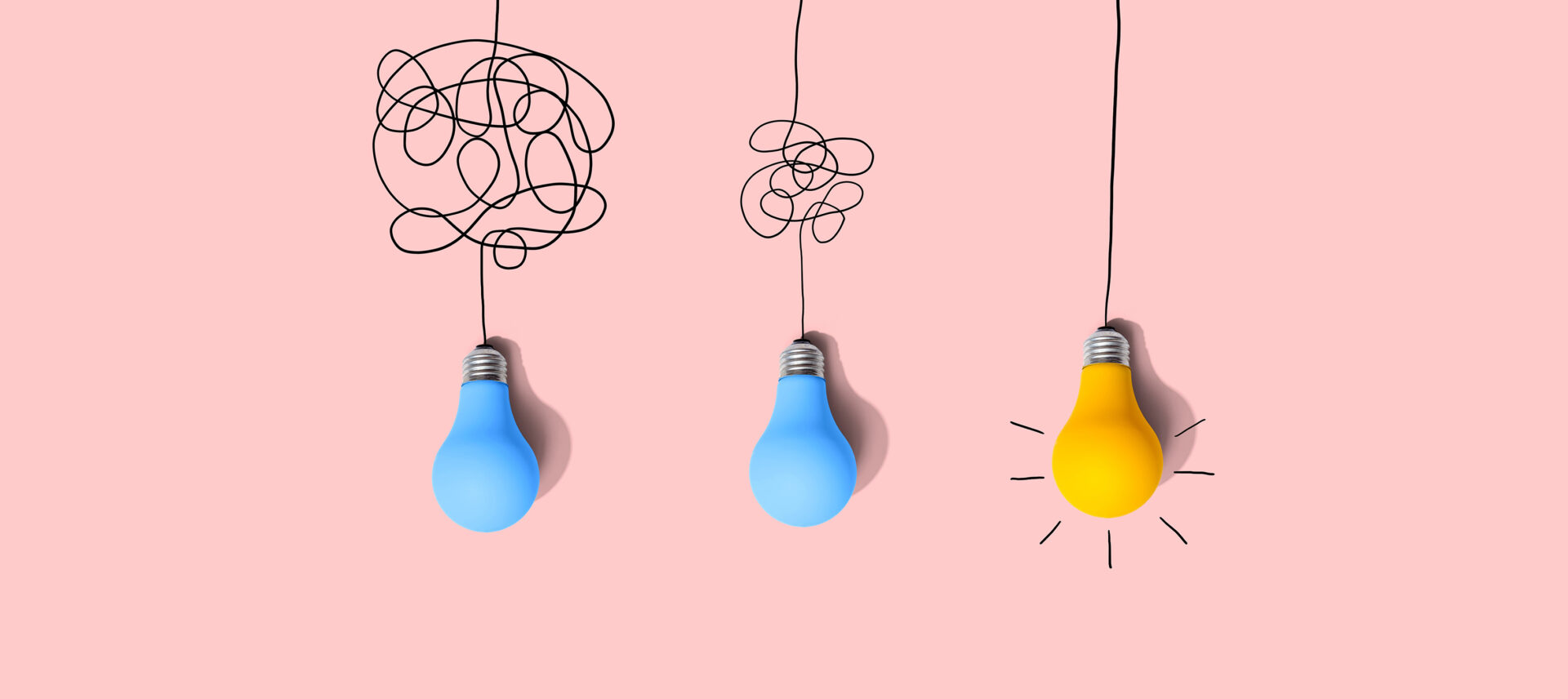
Article
2 Quick Prototyping Tips to Level Up Your Product’s User Testing Process
Waiting until you have a near-finished product to begin user testing won’t lead to useful feedback. Learn why to test early and often with simple mock-ups.
Conducting user testing is a valuable part of the product development process. But there’s a right and wrong way to do it. And it’s not necessary — or prudent — to test fully functional and aesthetically pleasing prototypes with your users too early in the game.
You’re probably not using prototypes effectively if:
- You’re blowing your timeline and budget developing complex prototypes early in the design process.
- The user feedback you’re getting is vague, confusing, or generally unhelpful.
- You keep finding critical problems in your design late in the development process — requiring costly rework.
So how can you make user testing the beneficial and informative exercise you need it to be? Here are two quick-and-dirty tips to get clear, useful, actionable feedback.
1. Don’t Overburden or Overengineer Early Prototypes
There will come a time to stage a grand reveal of a fully functional, high-fidelity, wow-evoking prototype.The user testing stage is not that time. In this phase, you’re more likely to get the feedback you need from a crude mock-up made of cardboard.
There are two primary reasons for this:
- If the design appears to be finished, users are psychologically less likely to be forthcoming with honest, raw opinions. In our experience, users default to offering polite observations that accentuate the positive rather than freely sharing what they don’t like about the design.
- If there’s too much going on with the prototype, users get distracted, and it can be difficult to tell exactly what they’re responding to. For instance, they might have a visceral reaction to the product’s color or its overall shape and not pay attention to how it functions.
Put plainly, overly engineered prototypes muddy the waters and prevent you from getting the targeted feedback you need on the timeline you desire. Simple and straightforward is best.
Check out our step-by-step guide to learn how to design a perfectly crude mock-up of your own.
2. Create Multiple Prototypes To Test Specific Issues
If you shouldn’t invest time and resources into creating fully functional, highly engineered prototypes, how should you approach the user testing process? We recommend creating multiple low-fidelity prototypes that each focus on answering specific questions you have about your design.
For example, one prototype might test the functionality of a lever, while another might test how users respond to the product’s overall size and shape.
Let’s consider a hypothetical situation based on a familiar product. It’s easy to imagine the different prototypes Apple may have used to test the various components of the iPhone. There’s no way Apple would have gone into a user testing session with a fully functioning prototype and expected to get useful feedback on all the small parts and features that make up the iPhone. Instead, they likely created entirely different sets of prototypes to explore questions like:
- How does the phone’s size and shape feel in users’ hands, in their pockets, or against their faces?
- How do users respond to the custom connector we’ve designed for the phone’s charging port?
- Is the on-screen user interface intuitive and enjoyable to use? Why do users accidentally activate the flashlight all the time?
- How quickly do people figure out how to interact with the buttons on the side of the device?
- How do users respond to the colors, materials, and finishes of the phone? Which combinations tell a story that they want to invest in?
Breaking your product down into bite-sized pieces enables you to find and fix the problems that could otherwise fall under your users’ radar.
Make User Testing and Prototyping a Key Part of Your Product’s Development
Successful products aren’t created in a vacuum. They’re born of research, testing, and intentional iteration.
Unfortunately, many product developers shortchange the user testing process because they think it’s too expensive to create multiple prototypes. Thankfully, that doesn’t have to be the case.
Remember: in user testing, less is often more. So keep your prototypes simple and purposeful. Focus users on key tasks and design questions. Break your product down into small elements to get the insights that matter most.
Looking for more information about how to design and develop a successful product? We love to share our thoughts. Check out these related resources:
- Your Prototype is Not Your Product: How to Test and Validate Your Design
- The Formula for Product Success Starts With Strategy
- How to Mitigate the Risks of Speeding Up Your Product’s Time to Market
- 6 Ways You’re Hindering Your Product’s Development
- 5 Ways to Leverage Your Competition in New Product Development





